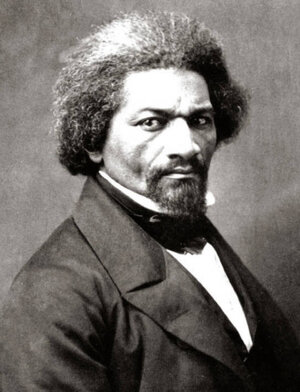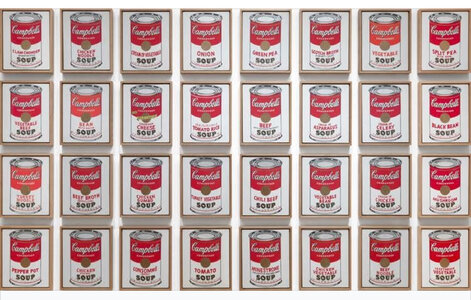donbosco
Inconceivable Member
- Messages
- 3,637
3.2 Million Americans were enslaved in the decade before the Civil War (1850-60). The nation was divided by this hypocrisy. One side right, and the other wrong. “In 1852, abolitionist Frederick Douglass delivered his speech 'The Meaning of July Fourth for the Negro,' on July 5 at an event commemorating the signing of the Declaration of Independence in Rochester, New York. Douglass’ words resonate today." His audience was made up of abolitionists and anti-slavery Americans.
"Oh, had I, the ability, and could I reach the nation's ear, I would today pour out a fiery steam of biting ridicule, blasting reproach, withering sarcasm, and stern rebuke. For it is not light that is needed, but fire. It is not the gentle shower, but thunder. We need the storm. The feeling of the nation must be quickened. And the conscience of the nation must be roused. The propriety of the nation must be startled. The hypocrisy of the nation must be exposed and it's crimes against God and man must be denounced."
"The rich inheritance of justice, liberty, prosperity, and independence, bequeathed by your fathers, is shared by you, not by me. The sunlight that brought life and healing to you, has brought stripes and death to me. This Fourth [of] July is yours, not mine. You may rejoice, I must mourn. To drag a man in fetters into the grand illuminated temple of liberty, and call upon him to join you in joyous anthems, were inhuman mockery and sacrilegious irony."
Listen as Danny Glover reads an excerpt from Douglass's "Fourth of July Speech, 1852" at the link below --
The Link to the entire Transcript: "What to the Slave is the 4th of July?" Speech Transcript by Frederick Douglass
The Link to The Speech Audio spoken by Glover:
"Oh, had I, the ability, and could I reach the nation's ear, I would today pour out a fiery steam of biting ridicule, blasting reproach, withering sarcasm, and stern rebuke. For it is not light that is needed, but fire. It is not the gentle shower, but thunder. We need the storm. The feeling of the nation must be quickened. And the conscience of the nation must be roused. The propriety of the nation must be startled. The hypocrisy of the nation must be exposed and it's crimes against God and man must be denounced."
"The rich inheritance of justice, liberty, prosperity, and independence, bequeathed by your fathers, is shared by you, not by me. The sunlight that brought life and healing to you, has brought stripes and death to me. This Fourth [of] July is yours, not mine. You may rejoice, I must mourn. To drag a man in fetters into the grand illuminated temple of liberty, and call upon him to join you in joyous anthems, were inhuman mockery and sacrilegious irony."
Listen as Danny Glover reads an excerpt from Douglass's "Fourth of July Speech, 1852" at the link below --
The Link to the entire Transcript: "What to the Slave is the 4th of July?" Speech Transcript by Frederick Douglass
The Link to The Speech Audio spoken by Glover:







